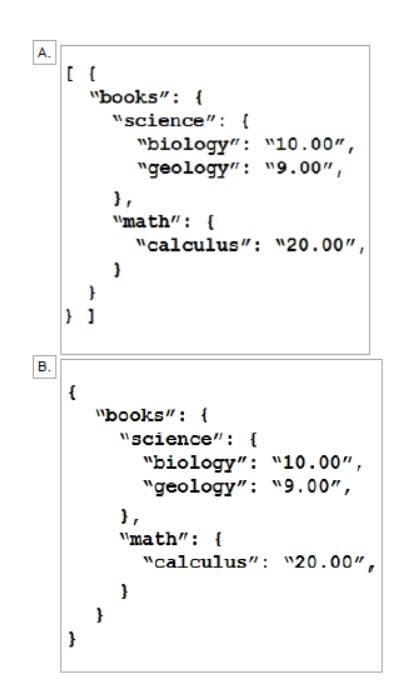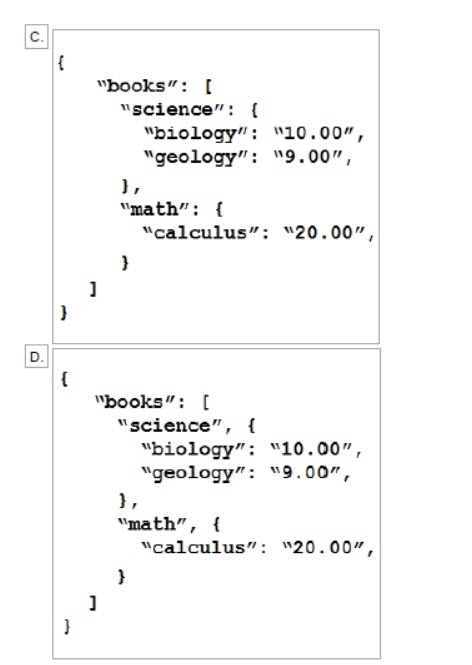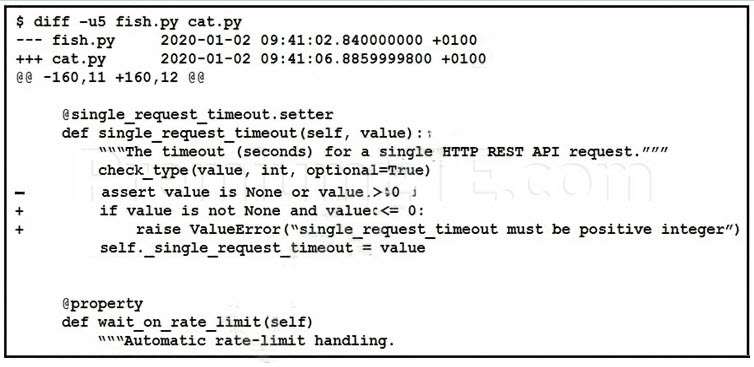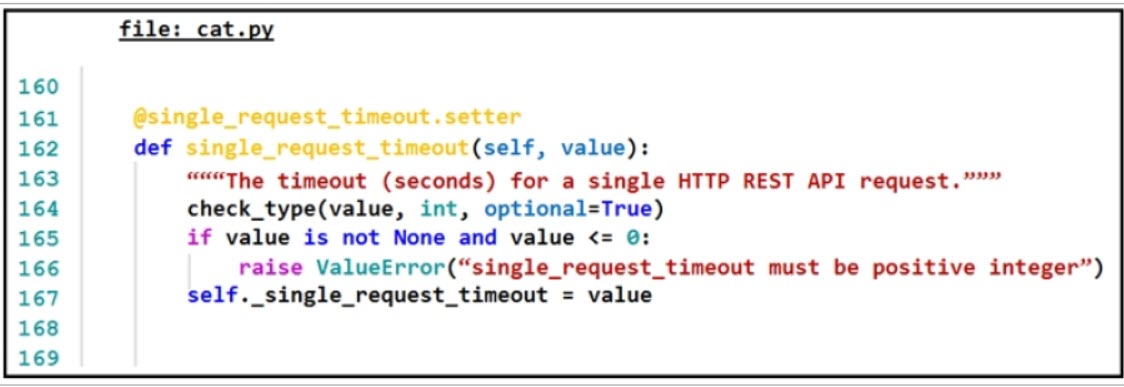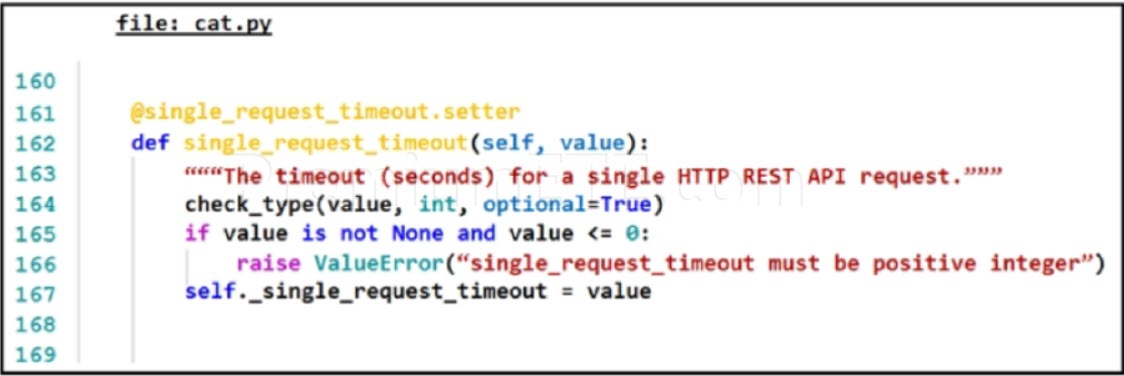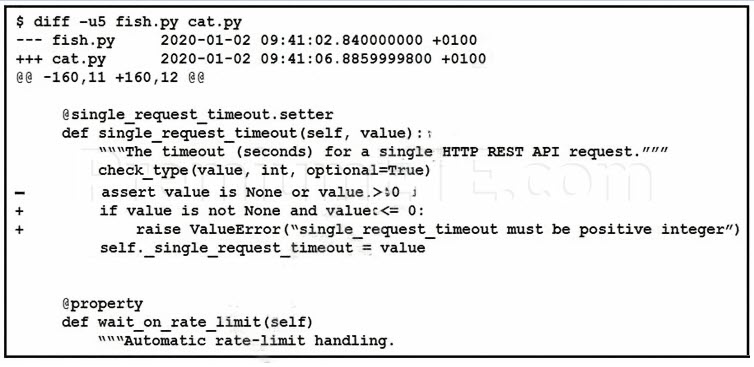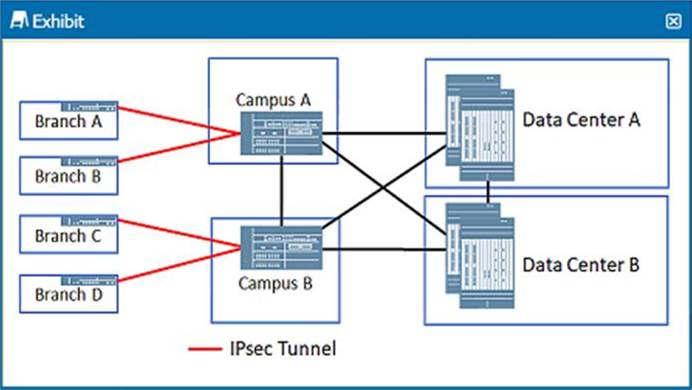How often should you take an IT certification exam to keep it valid?
The frequency with which you need to take an IT certification exam in order to maintain its validity varies depending on the specific certification and the issuing organization. Some certifications never expire and do not require you to take any additional exams in order to maintain them. Other certifications may require you to take a certain number of continuing education units (CEUs) or professional development courses in order to maintain your certification. Still, others may require you to retake the certification exam at regular intervals in order to keep your certification active.
It’s important to check with the issuing organization for the specific certification you hold to determine the requirements for maintaining the validity of your certification. Some common organizations that offer IT certifications include:
- CompTIA (www.comptia.org)
- Cisco (www.cisco.com)
- (ISC)² (www.isc2.org)
- Microsoft (www.microsoft.com)
- Oracle (www.oracle.com)
- Red Hat (www.redhat.com)
You can also check the certification’s webpage or the certification handbook provided by the issuing organization for more information on the requirements for maintaining your certification.


